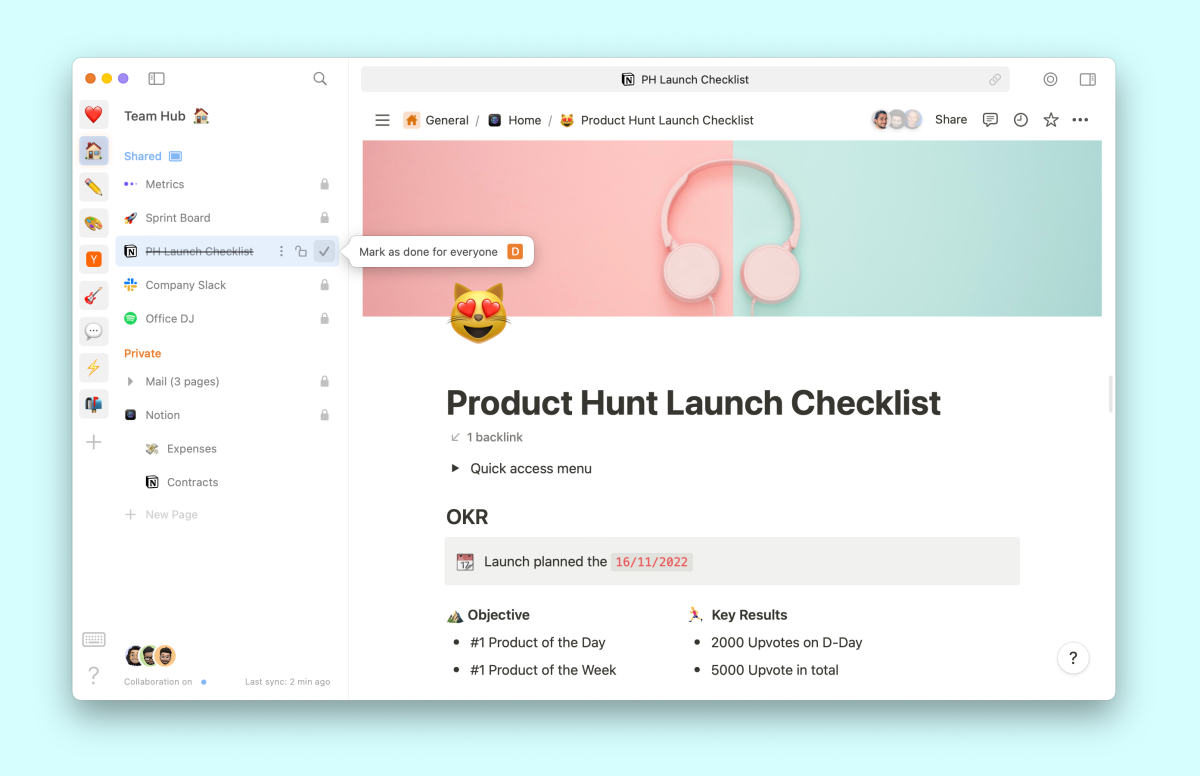SigmaOS raises $4 million to build a browser for productivity nerds • ZebethMedia
There is no doubt that Chrome, Safari, Edge, and Firefox attract the majority of browser users. But despite this dominance, smaller browser companies are trying to carve a niche, and even get users to pay for features. London-based SigmaOS is one such startup, which is building a Mac browser for productivity nerds. The company has raised $4 million in seed funding led by LocalGlobe and participation from Y Combinator, 7percent Ventures, Moonfire Ventures, Shine VC, TrueSight Ventures, Pioneer Fund, and Venture Together. Angel investors like Cocoa Ventures partner Carmen Alfonso Rico and EightSleep founder Matteo Franceschetti joined the round as well. Along with this, the startup is also releasing SigmaOS 1.0 after being in beta for more than a year with features like collaboration and focus mode. History The company was started by Mahyad Ghassemibouyaghchi, Ali Attar, and Saurav Mitra in 2021. Mahyad, who is diagnosed with ADHD, said that switching between different tabs and windows in legacy browsers was mentally heavy. So he wanted to build a browser that lets you do things from one place. Image Credits: SigmaOS “Context-switching is very mentally heavy, and having the segmentation that our browser provides, and being able to do everything from one place, really helps. Our idea is that you focus on doing your best work, while we take care of organizing and making you focused.” He said in a written statement. Shortly after building their first prototype, the team joined the Summer 2021 cohort of Y Combinator. Functionality At first glance, the browser looks different from Chrome and Safari as it stores tabs in a vertical format. When you are setting up SigmaOS, it will ask you to create a new workspace or choose a template workspace like writing, analytics, work chat, dev tools, and reading. Workspaces — which are like tab groups or tab folders — are at the core of SigmaOS’s experience. The app thinks of these workspaces as toolboxes where you will have some tabs related to the theme open all the time. And you can open some of them on the fly. Image Credits: SigmaOS The browser treats tabs like an email: most of the tabs are persistent, you can jump between them without closing any, and you can snooze them and mark them as done (to close them). To navigate around this interface, you can always hit the lazy search bar, which lets you search for tabs that are currently open within the browser or perform a search. You can also quickly shift a tab to a split screen view if you want to look at some information while doing another task like writing. Image Credits: SigmaOS With the new release, the company is also introducing a focus mode, which removes all toolbars and expands the view of the current tab to a full-screen mode. There is also a new collaboration mode available with the SigmaOS 1.0, which lets you share a workspace with friends or coworkers where all of you can see shared tabs. This is useful when working on new ideas with your team or planning a trip with friends. The workspace also has a private tab space for you. Notably, Apple introduced a shared tabs feature for Safari this year. Image Credits: SigmaOS All of these features and more are easily accessible through numerous shortcuts. However, if your workflow involves just a few tabs, or you are not a heavy productivity geek, the number of features and navigation around the interface can overwhelm you. Even for experienced macOS users, it takes time getting used to the quirks and flows of SigmaOS. In certain ways, you might need to tweak how you work in a browser to have information accessible to you quickly. To make the transition smoother from Safari and Chrome, the browser easily lets you import all data including passwords. The company is also testing support for Chrome extensions as a beta feature. It currently has a built-in extension store with limited apps, and it allows you to import extensions from Chrome. If they don’t work with SigmaOS, you can quickly flag it to the team to enable support for that. SigmaOS is built on WebKit and uses SwiftUI for its interface. This allows the browser to let people keep multiple tabs “open” without overloading the system resources. Mahyad told ZebethMedia that many of its users keep hundreds of tabs open in the background. The road ahead The browser’s free version gives you three workspaces, split-screen functionality, and a built-in ad blocker. Users can pay $10 a month (or $96 a year) to get unlimited workspaces and cross-device syncing. Teams can pay $15 a month (or $144 a year) for unlimited annual workspaces. Mahyad told ZebethMedia that the company is focused on bringing more features to the browser and growing in numbers. He didn’t specify the user numbers but said the app has many thousands of users and more than 30% of them are paying customers. SigmaOS’s closest competitor is probably the Amsterdam-based Stack browser, which raised $2.5 million from Lunar Ventures, Wayra X, Zemu Venture Capital, Peak Capital and Charles Songhurst in July. There is also the Browser Company, which is building the Arc browser. But while Stack is focused on being a mindful browser, SigmaOS is concentrating on catering to startup founders, students, and productivity nerds.

